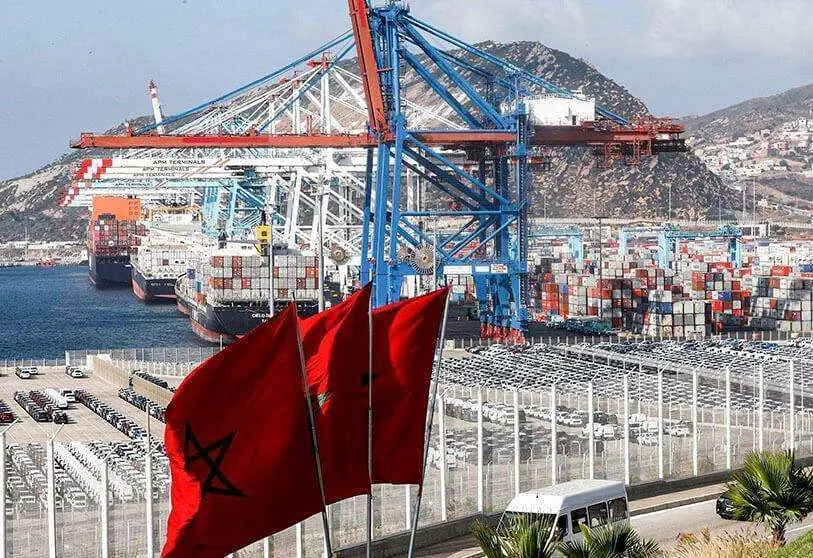Marruecos es la cuarta mejor economía entre todos los países árabes

The 5th edition of the new report prepared by the Arab Monetary Fund (AMF) has revealed that, during the period 2017-2020, Morocco has ranked fourth in economic competitiveness. This is very good news for the Alawi kingdom, as it is among the top five Arab countries in economic terms, in an evaluation that rates the economies of all Arab countries.
First of all, the document points out that several key sectors of the Kingdom's economy have improved their system, in addition to their exports and imports. While there are some that have stagnated due to the health crisis, most have far outperformed. This is due to a series of measures and policies adopted by the Moroccan government that have been put in place to improve productivity. Among these Moroccan industries, agriculture and fisheries, the textile sector and the automotive sector, among others, have been able to overcome adversity and excel.
The report has measured this competitiveness on the basis of two main indicators in order to rank the Arab nations. The first is macroeconomics. All these countries have been rated on the basis of their price stability and the monetary policy that is being developed in each of them. Price stability leads to full employment, which leads to increased economic growth and allows other policies to be put in place to increase economic welfare and the expansion of national wealth.

The second indicator for assessing the territories has been to measure the country's capacity to form a framework where adequate policies for competitiveness are developed. This means that it has been measured how each country is able to withstand international competition and, despite this, be able to export its products profitably.
Morocco is a clear example of this, as it has good conditions to make investment in the Kingdom attractive. The North African nation offers a number of qualities and economic policies that tempt many powers to establish themselves in the region and open for business. Thanks to its position, Morocco serves as a gateway for the West to Africa, and for Middle Eastern countries to the Americas. Thanks to this, it can attract various foreign investments, allowing the Alawi country to establish itself as a good international competitor in economic terms.
An example of a sector in Morocco that is attractive to international investment has been all projects related to the environment. For some time now, the Kingdom has been engaged in an ecological transition that is translating into good news for the country's electricity mix. Many companies from abroad are recognising the nation's potential on this issue and major collaborations can be seen in plans related to climate change and the reduction of greenhouse gases.

Before Morocco, the United Arab Emirates is at the top of the ranking, followed by Saudi Arabia and Qatar. On the other hand, Kuwait and Oman are behind the Kingdom and are considered the fifth and sixth best economies of the Arab countries, respectively. The WEF comments that "the United Arab Emirates retained first place for the indicator of the competitiveness of Arab economies, after having ranked first in the whole group for the indicator of environment and investment attractiveness".
The text also highlights that Morocco, along with other nations such as Sudan, Egypt and Mauritania, have managed to improve their position compared to the previous edition of the WEF report.

In addition to the ranking, in order to see a clear evolution of the Arab countries in economic competitiveness, their progress has been compared with other countries such as Spain, Brazil, South Korea, Malaysia, South Africa, among others. In the world top five, Singapore leads the list as the country with the best economic competitiveness, followed by Thailand, South Korea, Thailand, the Emirates and Saudi Arabia.








